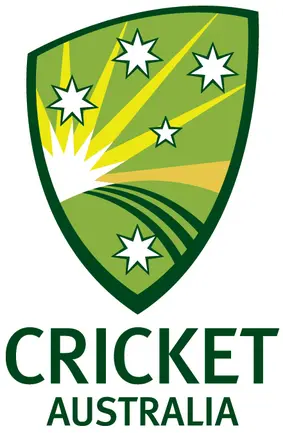
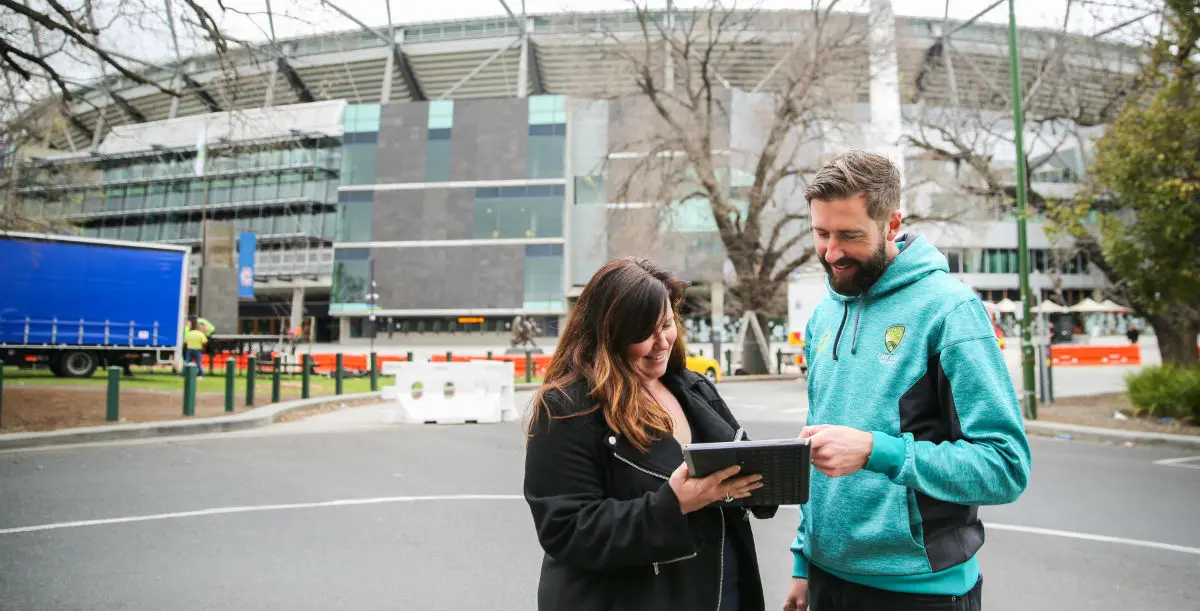
Cricket Australia
Get a sneak peak at how SafetyCulture is used to keep cricket events running smoothly and manage risk
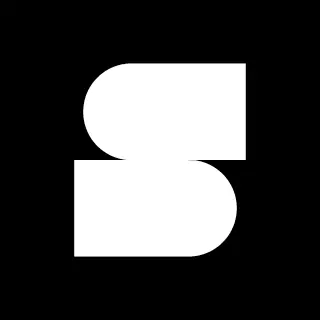
With Sydney’s iconic landmarks as their stages, coordinating 900 musical and creative artists across 24 solid days is no mean feat. The secret? A hard-working production team and cleverly customized SafetyCulture templates.
12 hours saved per incident report
5 mins saved per inspection completed
120 pages saved per inspection completed
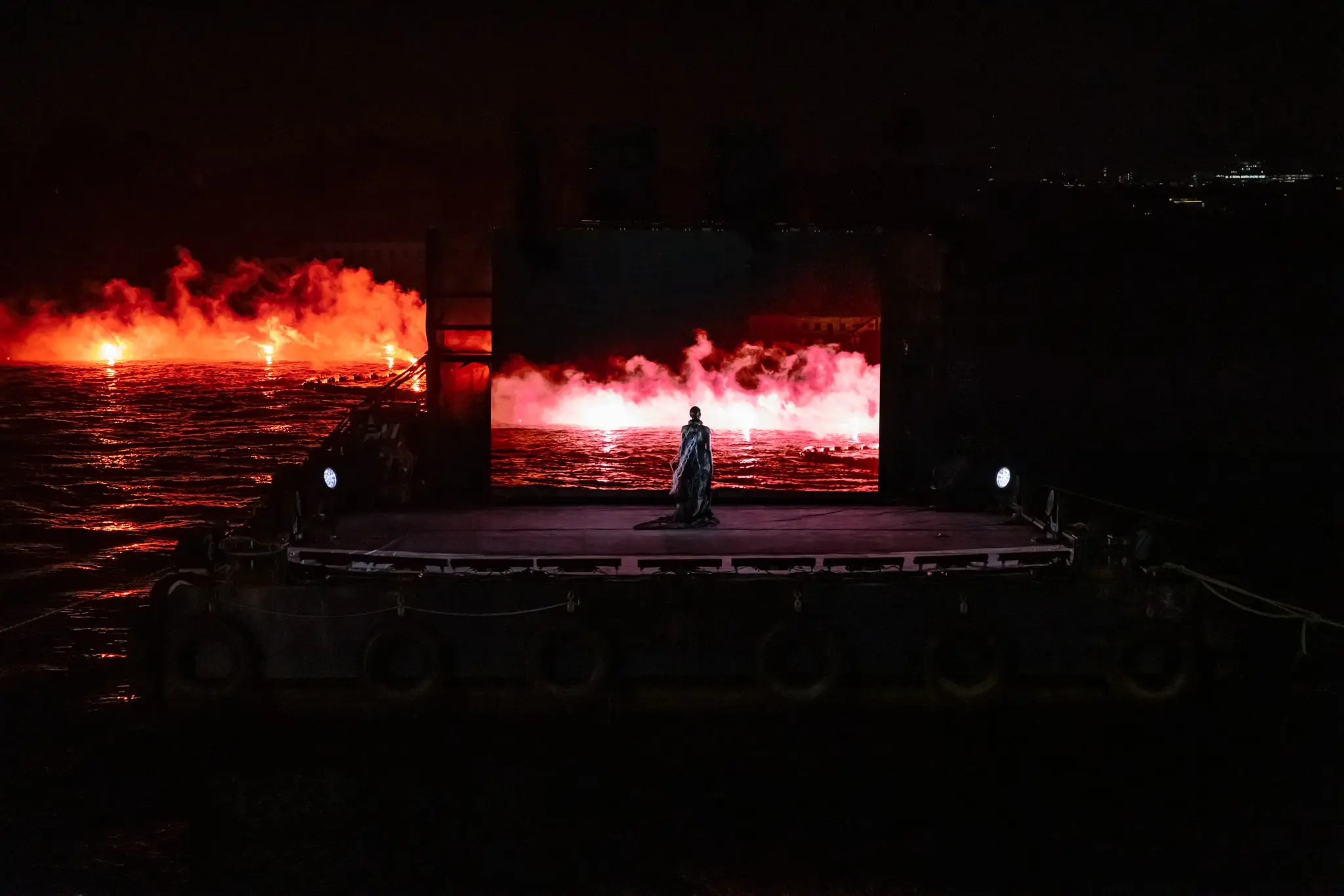
From large-scale outdoor spectacles to intimate performances, Sydney Festival has become a key highlight in the cultural calendar. For three weeks, Australia’s Harbor City comes to life with a vibrant offering of music, theater, dance, visual arts, and more. It attracts both local and international talent using Sydney’s key landmarks and attractions as their stage – from the Sydney Opera House and the Maritime Museum, across Greater Sydney to Riverside Theatre in Parramatta.
Putting this festival together is a massive project. It involves hours of hard work, dedication, and meticulous planning down to the last second. And because it kicks off in the first week of January, it also means no rest over the summer break for Sydney Festival’s production team, who are the marionettes pulling the strings.
Two key players include John Bayley, Head of Production, and Jon ‘JC’ Corbishley, Risk and Safety Consultant. They oversee a team comprising of: event coordinators, in charge of staffing and operations for specific locations; site managers, who oversee each site; and project managers, who look after multiple sites.
Sydney Festival has been using the SafetyCulture platform since 2017. In 2021, while Australia balanced low rates of community transmission, the festival became one of the country’s first large-scale events in a COVID-safe environment, with the help of SafetyCulture’s Inspections feature. Since then, Sydney Festival has developed more sophisticated checklists.
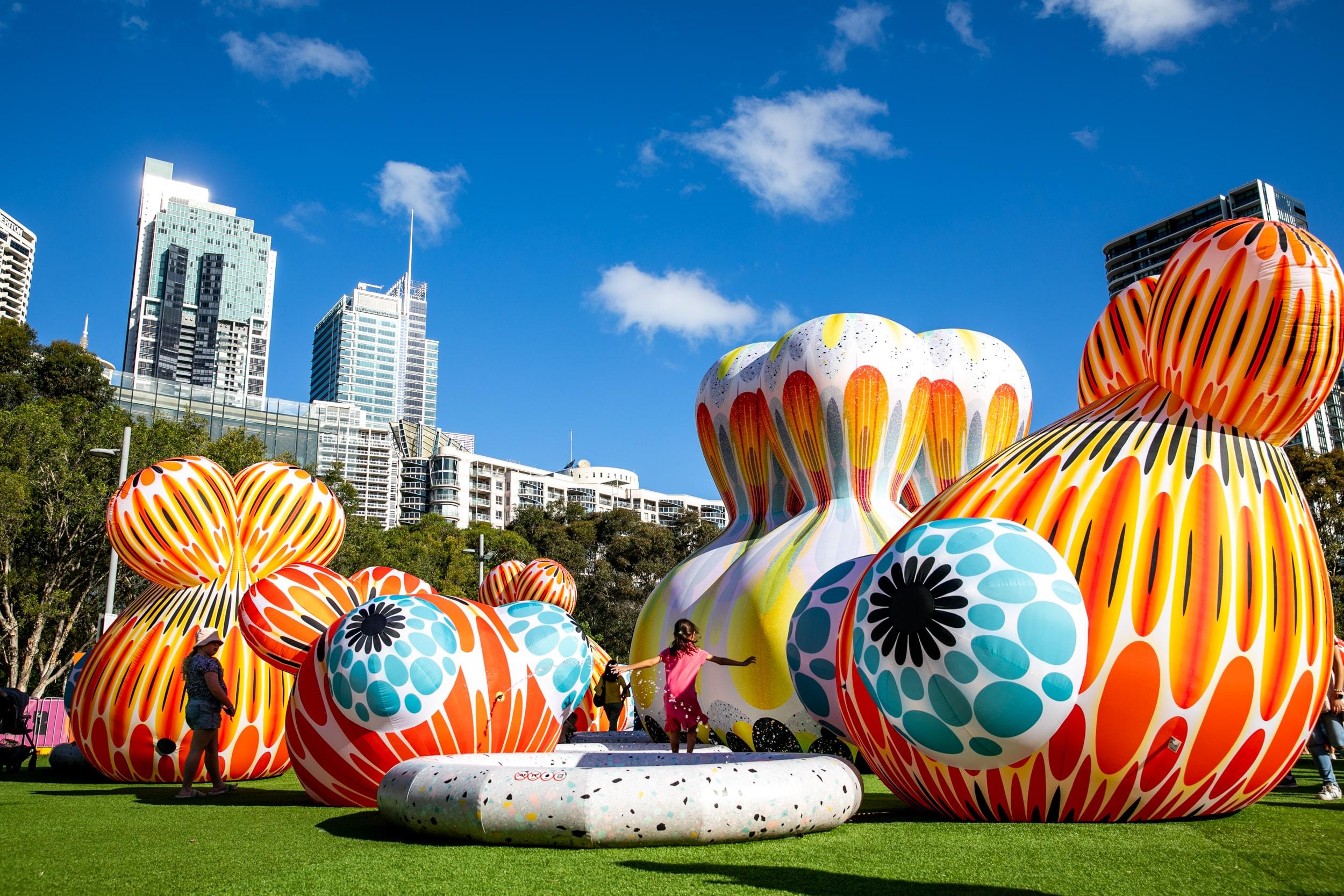
One significant part of the operation is in using forms to do their checks. Before SafetyCulture, the team used manual pen, paper, and spreadsheets to manage multiple event sites. Each site had its own form for different things – think: arrivals, site inductions, pre-doors checklists, and crowd management.
The problem was, there was too much paperwork and unnecessary questions. The whole process was overly time-consuming and laborious. To give you an idea, every induction pack used to include one blank incident report form (two pages), and supervisers would receive about 60 of these – so that’s 120 pages just to start.
And these forms were long and complicated. “People didn’t know which questions to answer and which to leave out,” John says. “They needed training just to understand how to fill out the form.” It just wasn’t practical. Because the 24-day event runs once a year, “all of our people are short-term,” he explains. “So while we train in so many systems, policies, procedures, and processes, people just can’t retain all that information.”
JC is one of the wizards who transformed this process for the company using Inspections. “When developing the templates, I always try to make it as intuitive as possible,” JC says. “We don’t need our team to have a degree in engineering to be able to run a daily report.”
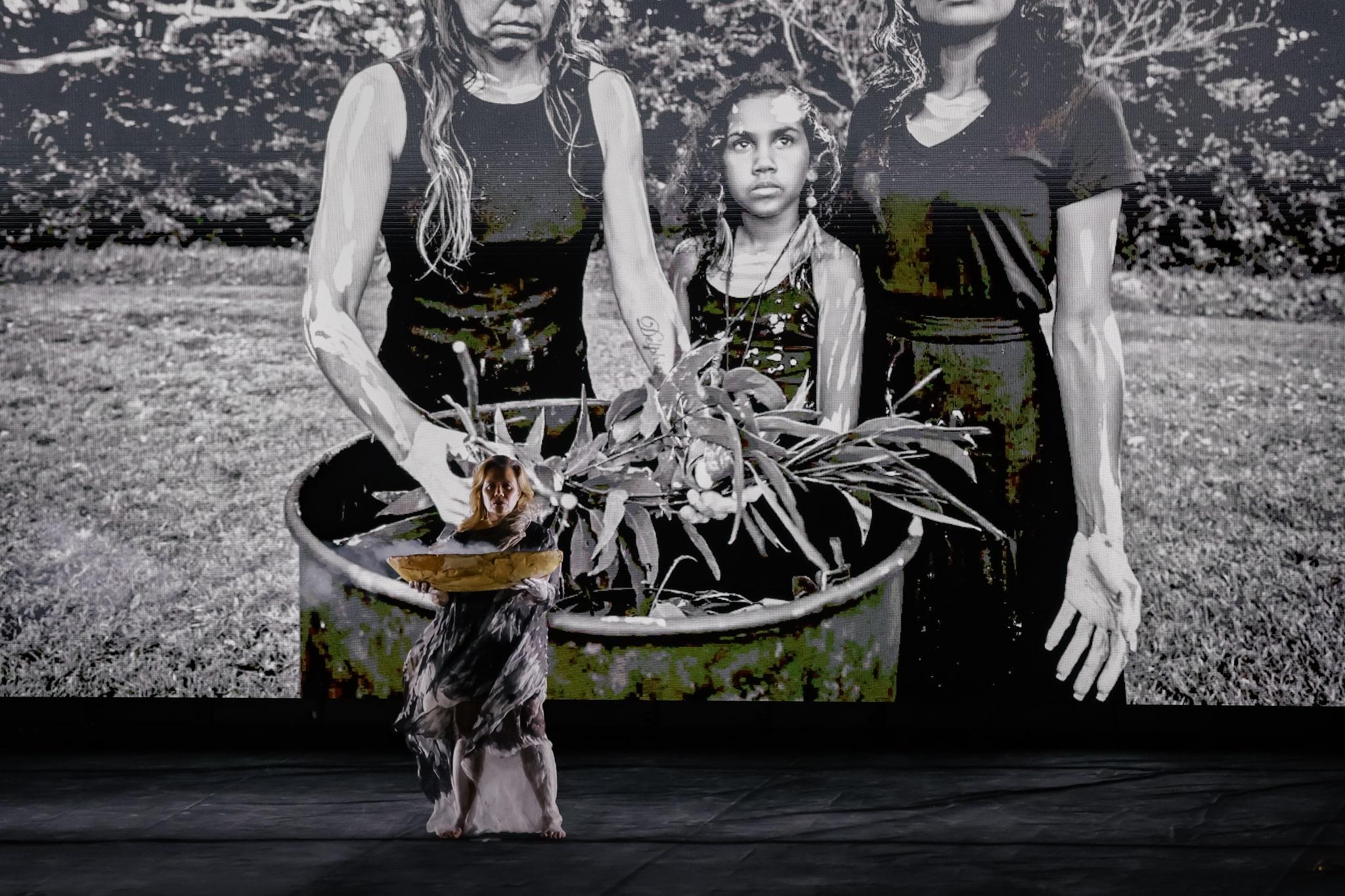
When developing the templates, I always try to make it as intuitive as possible. We don’t need our team to have a degree in engineering to be able to run a daily report.
“One of the advantages of SafetyCulture is that it’s infinitely customizable, and if anyone asks for something to be changed or additional sections to be added, it can be done in minutes, which saves us heaps of time in the long run,” JC says.
To manage the 60 venues, 150 events, 334 performances and 900 artists, Sydney Festival uses just seven templates, created by JC who has it down to a fine art. He was able to customize SafetyCulture’s Inspections templates to work for them. For example, he created custom dropdown menus relevant to specific venues to remove irrelevant questions and completely streamlined their inspection process. Event coordinators are each issued with tablets that have the SafetyCulture templates preloaded, along with their company policies and procedures.
“Really, our objective is not to cut down another Brazilian rainforest just to do inspections. Let’s digitize the process,” JC says. “We have a lot of very talented – but very busy – people in our team who are time-poor. The less time they can spend filling out a long form and creating reports, the better for all of us, so they can focus on actually delivering a standout event.”
“There’s nothing worse than being in the middle of a muddy field in the rain to complete a form and losing important bits of paper. So Inspections has streamlined that,” JC says.
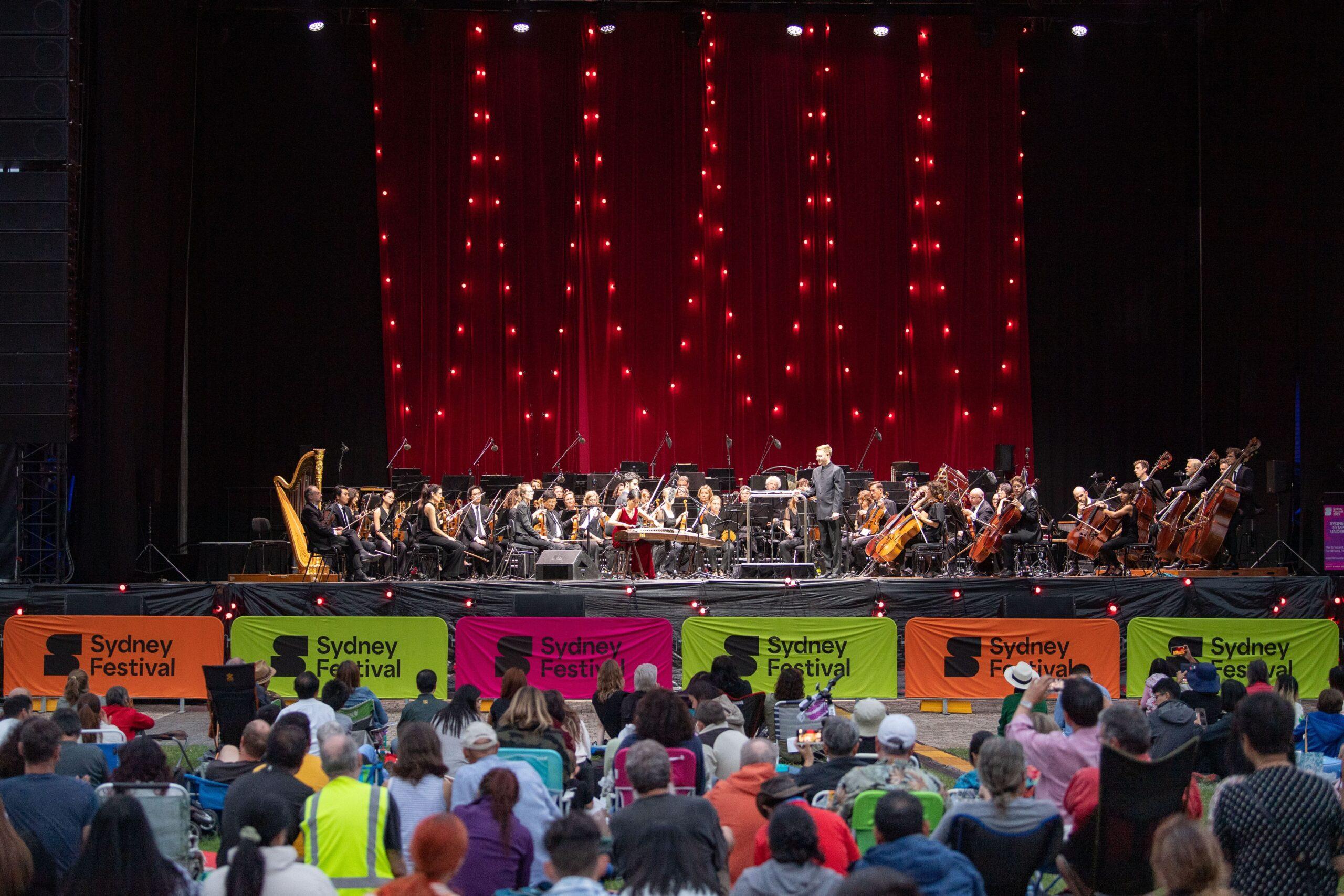
Our objective is not to cut down another Brazilian rainforest just to do inspections. Let’s digitize the process.
So how does Sydney Festival streamline its Inspections templates to manage 900 artists and 334 performances? JC gives a breakdown of the seven templates he’s fine-tuned himself, which could give you inspiration for your own workplace operations.
When the event coordinator arrives on site, they check for things like: Is the venue cleared from the previous event? Are the bathrooms available and unlocked? Are drinking water and cups available for staff? Is there access to power? Is there space to park and unload the trucks? Is there access to forklifts? “This template has mainly checkboxes and dropdown menus that enable the event coordinator to complete the inspection quickly, and to immediately identify issues that need dealing with before we get working.”
The event coordinator has specific information for the crew about the work required and instructions related to that venue (e.g. evacuation protocols). “This template acts as a ‘memory jogger’ using checkboxes for each completed section. It has repeatable signature fields so that each crew member can sign and acknowledge their understanding of the induction.”
For rigging, lighting, audio, and other significant areas of temporary event infrastructure, signed off by the crew chief or senior representative of that discipline to confirm equipment is installed correctly, checked, and is fit for purpose.
A template to monitor temporary event infrastructure. The template is divided into sections, like testing and tagging of electrical items. “Photos of the tags showing the test date are entered into the template and kept as an inspection record.”
One of the advantages of SafetyCulture is that it’s infinitely customizable – which saves us heaps of time in the long run.
“Before every event, we do a series of checks at the venue before opening to the public.” For example: Are the ushers, ticket takers, and security briefed and in position? Is production ready? Are the performers ready? Are the food and merchandise outlets staffed, stocked, and ready? “These questions are all answered with a series of checkboxes on the template and signed off from the event coordinator and venue management team that shows a consensus of agreement to open.”
“Self-explanatory, but the advantage of SafetyCulture is the ability to use logic with many of our pre-loaded questions. For example, if a question relating to an accident asks if there are any injuries, the logic question with ‘yes/no’ answer will allow me to add dropdown menus relating to medical treatment, ambulances, next of kin, etc.” As for incidents with no injuries, that menu remains hidden, with less real estate for the event coordinator to trawl through.
“This gives us a daily report of how many patrons arrived, whether or not the show started on time, and what time was the interval, etc.” They also use it to record refusals of entry or evictions and how well the audience engaged with the performance.

The Sydney Festival team doesn’t just use Inspections for standard bump-in/bump-out occasions. “Sometimes a form has to be filled out under very tense and stressful conditions,” John explains. For example, a patron could be experiencing a heart attack, seizure or a fall during an event. Each site has a tablet, “so being able to report on the incident immediately on the iPad is a real game-changer for the people on the ground.”
Another feature that’s crucially useful in this case are the automated notifications. “There are certain people who get regular updates from the daily checklists,” JC says. “If there’s an incident report that needs immediate information. They get updated on a regular basis.” From there, they can keep track of the goings on without having to physically be at each site. “Because the information is captured immediately after an incident, it’s fresh and it’s accurate. So we’re able to make quick decisions based off that.” John reflects on the amount of time it used to take to log an incident report and notify the office, which was around six to 12 hours. With SafetyCulture, the office is notified immediately.
Sometimes a form has to be filled out under very tense and stressful conditions, so being able to report on the incident immediately on the iPad is a real game-changer for the people on the ground.
Not to mention the element of stress and human error that comes with being under immense time-pressure in an emergency. “Did we mention that stressed people have atrocious handwriting? I could not read half of them,” John says. “One of the forms I was reading had a note that said: ‘Sorry for the handwriting. I am on-site with a torch in my mouth filling this out,’ so I think the backlit screen is a bonus for us as we do a lot of night work too.”
From the checklists, reports are generated. They can learn not only how to improve year upon year, but also from the day before. If an incident has occured, then that person would assign another team member with the appropriate Actions that need to be taken (e.g. flagging a change in equipment or process, or that better training is needed to prevent a re-occurence). “That’s our first line of getting information to people who need it,” JC says.
With the festival having just kicked off for 2024, we’re keen to see how the SafetyCulture platform evolves for Sydney Festival this year. Their custom-made templates is living proof that you can turn our platform into a bespoke tool that works for your specific business needs.
Photography credits:


Get a sneak peak at how SafetyCulture is used to keep cricket events running smoothly and manage risk

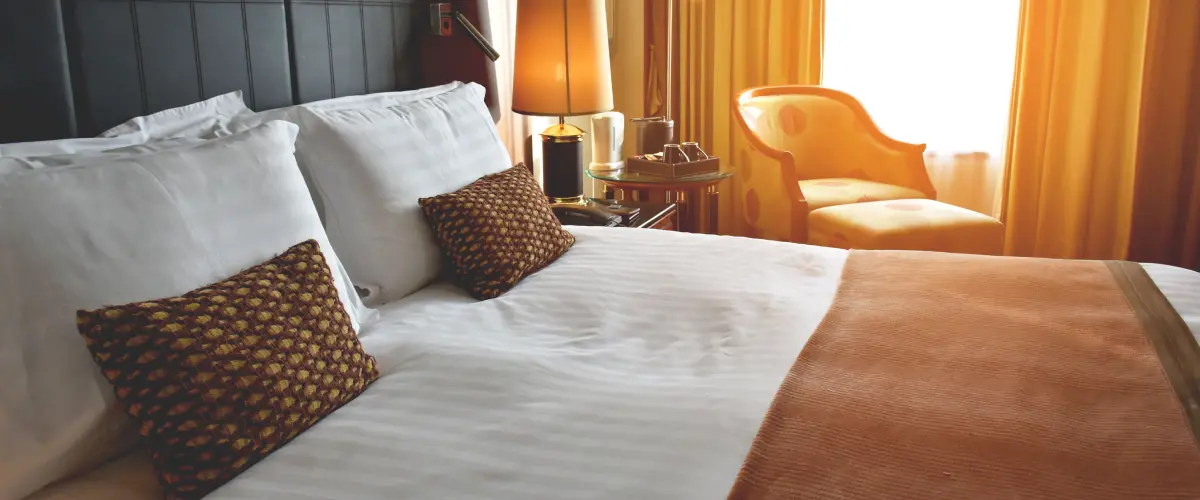
This luxury hotel uses SafetyCulture (formerly iAuditor) to maintain high brand standards across the entire property.
Explore more stories, expert guides, and thought leadership from SafetyCulture